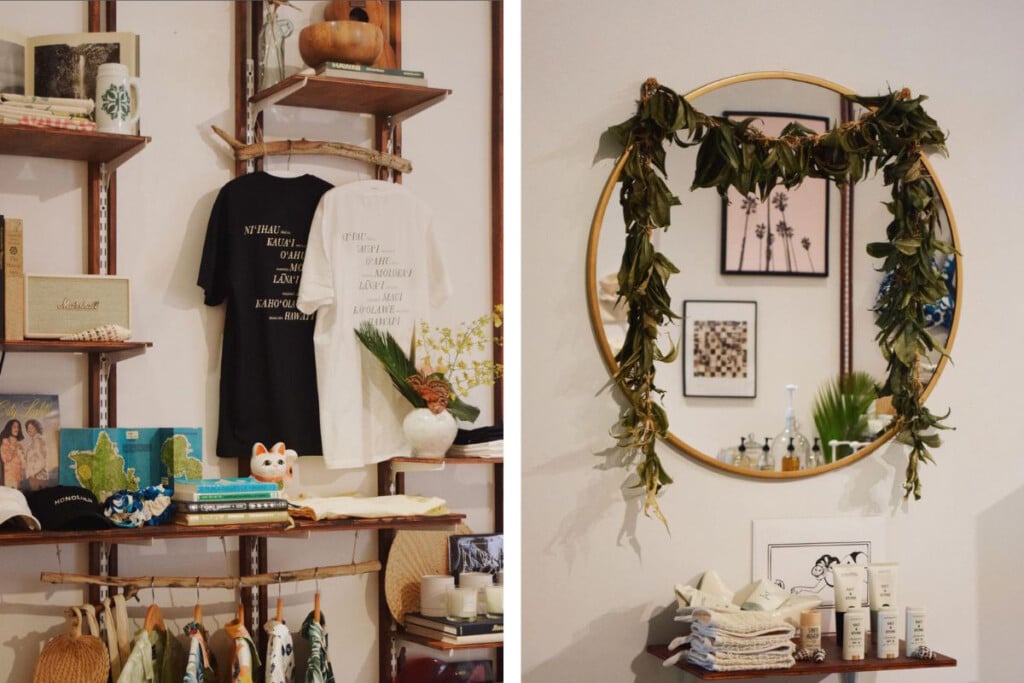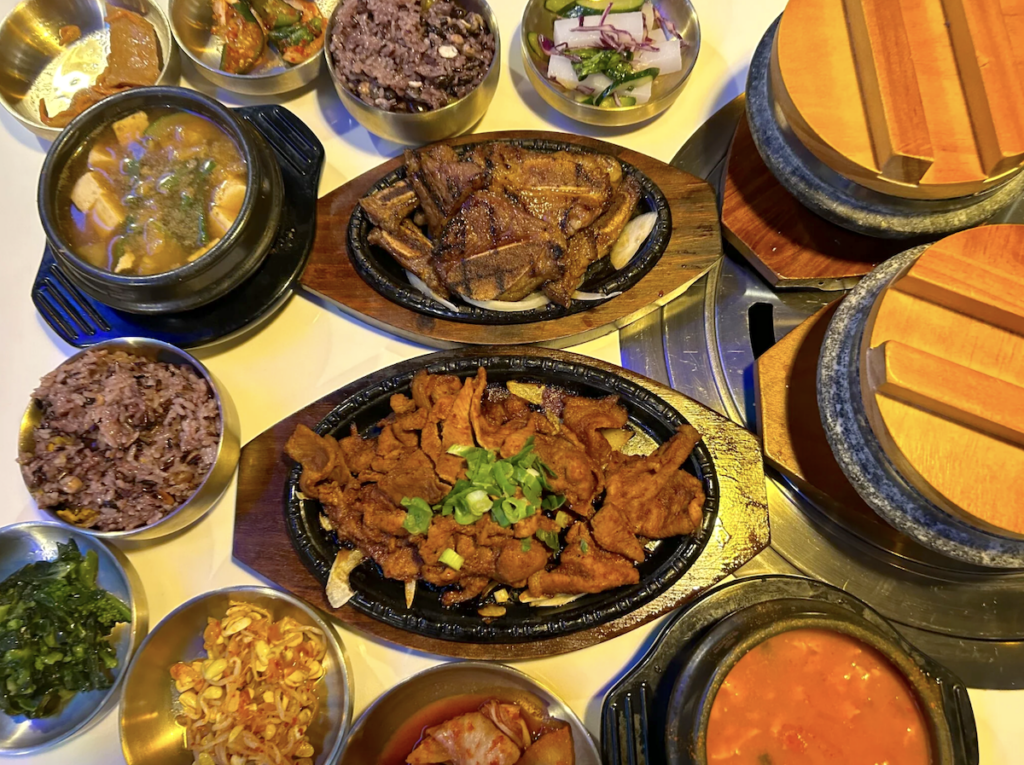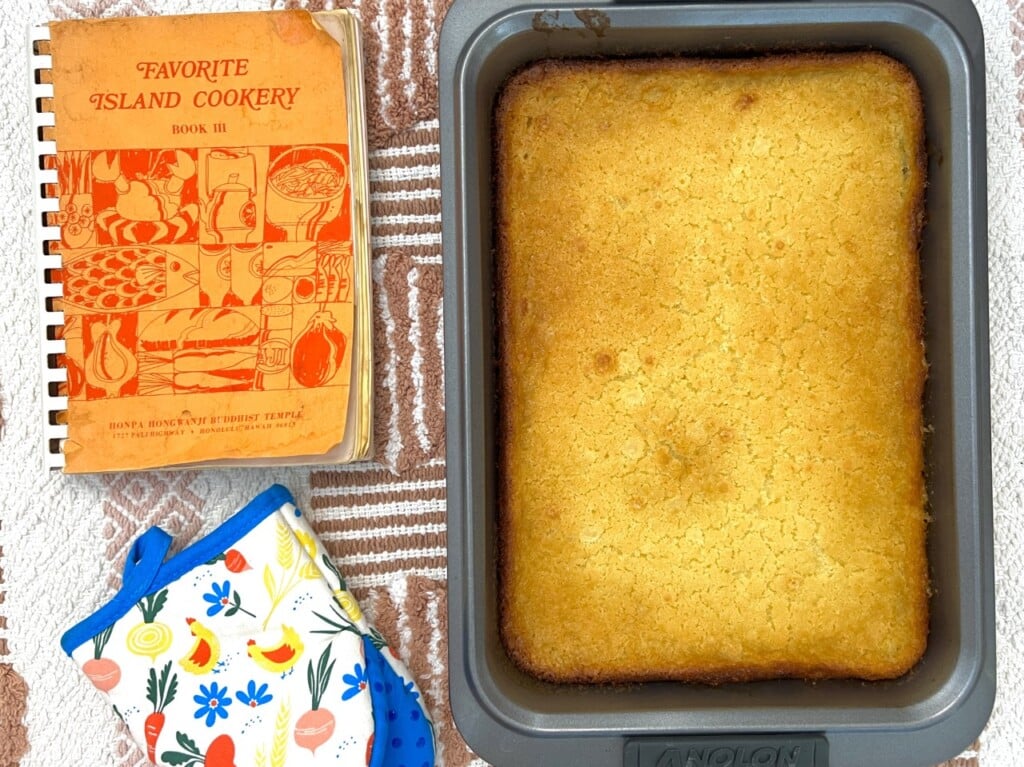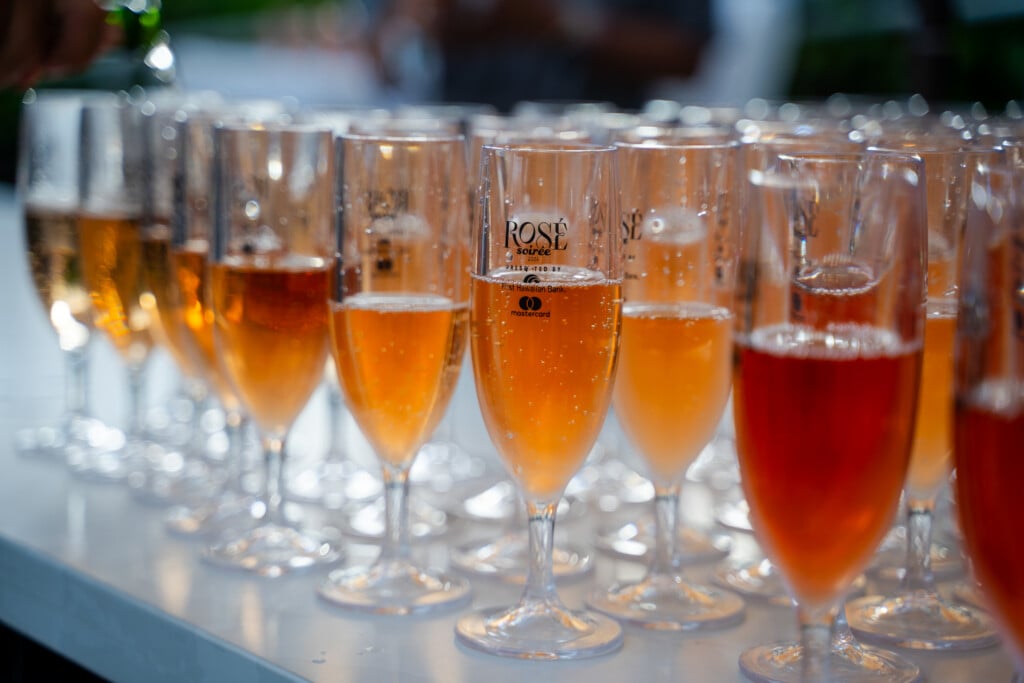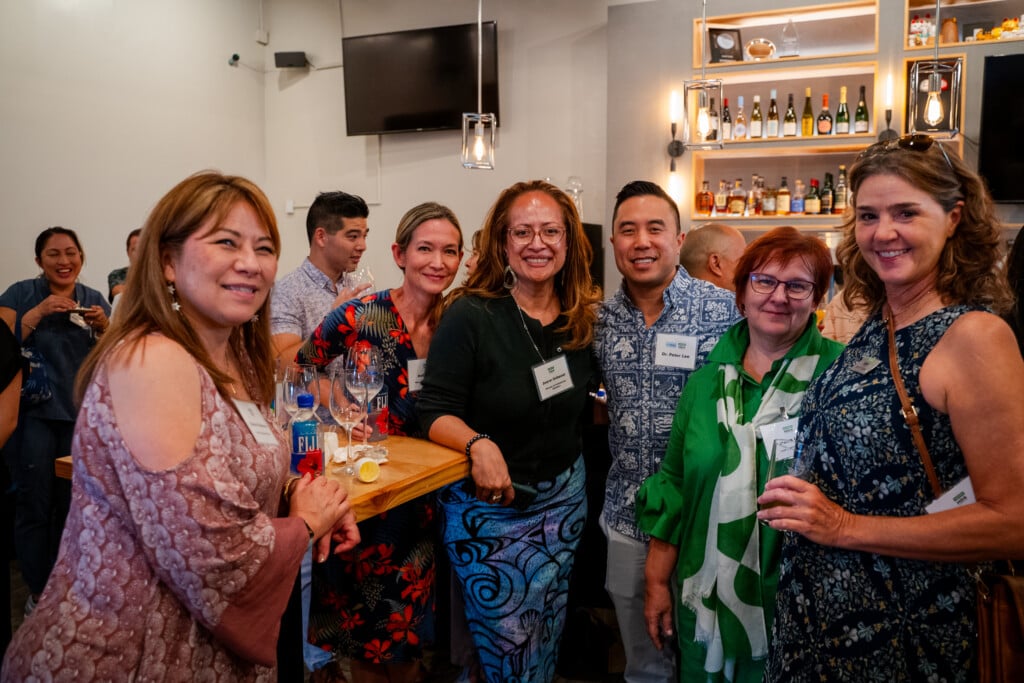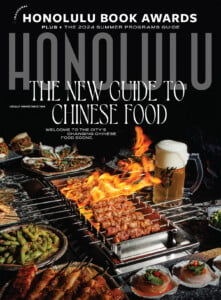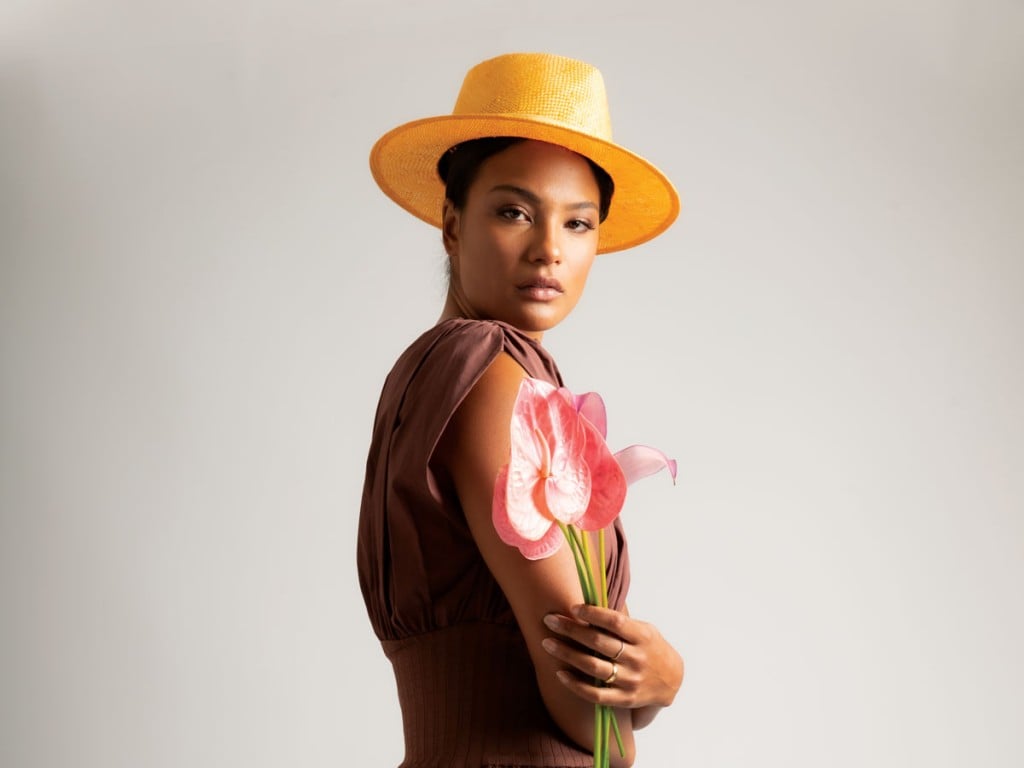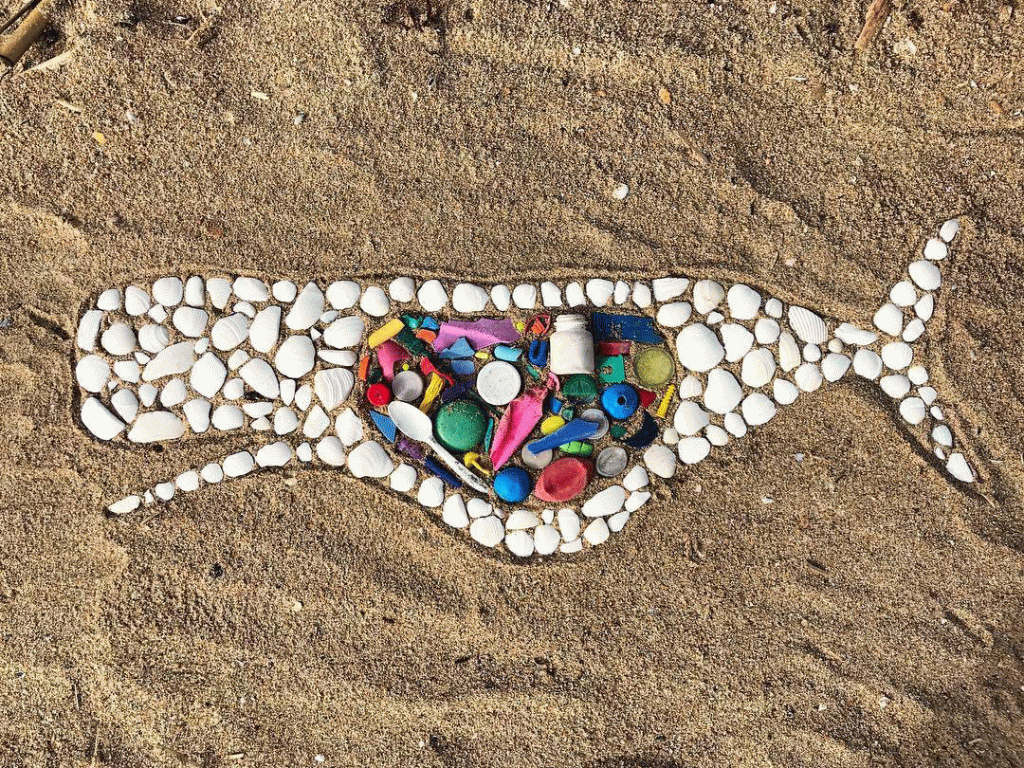8 Chinese New Year Foods You’ll Need to Celebrate Like You’re Chinese
These eight lucky foods are traditionally eaten by the Chinese to welcome the lunar new year.

My family’s jai has dried red dates, fat choy, snow peas, long rice noodles, cabbage, dried oysters, fried tofu, dried mushrooms, water chestnuts and black fungus. Photo: Diane Lee
Every year, around the beginning of February, my Chinese parents gather all the necessary foods to usher in the New Year. My grandma often spends hours at the stove, steaming caramel-colored gau. My mom is a pro when it comes to deep-frying round balls of jin dui and mixing more than a dozen ingredients to make flavorful jai. Chinese New Year always feels like a super special occasion.
Not lucky enough to have Chinese parents to do all the cooking? Don’t fret. You can visit Chinatown to pick up eight popular traditional New Year’s foods for the big day on Feb. 19. Remember: It’s not time to buy moon cakes, which are made specifically for the Moon Festival in September.
1. Dried Melon Seeds (Red and Black)

Black melon seeds are a popular snack during the New Year. Photo: Diane Lee
Many Chinese people eat dried melon seeds like sunflower seeds. Be warned, they make one helluva mess!
$7.99 per pound, Sun Chong Company, 127 N. Hotel St., (808) 537-3525
2. Lucky Candy

Photo: Diane Lee
These cute, chewy, pink, oval-shaped candies come in tiny, lucky red packages. You can snag a bag for $3. You’re supposed to hand these candies out as treats. At home, though, we use them to decorate plates.
$2.99, Bo Wah Trading Co., 1037 Maunakea St., (808) 537-2017
3. Fresh fruits with Lai See

Ask the store keeper what’s written on the lai see. There are envelopes made for weddings and other special occasions. Photo: Diane Lee
During Chinese New Year, a pair of tangerines, with the stems and leaves attached, are placed beside your pillow. In Cantonese, tangerines are called “dai gut,” which means good fortune. Don’t forget to add the lai see, or lucky red envelope containing money. Together, the tangerines and lucky red envelope stand for “dai gut, lai see,” or “good fortune, good business.” Visit your local supermarket for tangerines. You can pick up lai see at most stores in Chinatown.
4. Sweet candied fruits or vegetables

Dried lychee, cherry tomatoes and crystallized ginger are some of the candies available at Sing Cheong Yuan Bakery. Photo: Diane Lee
On the morning of the new year, Chinese traditionally drink brewed tea with sweet candies. There’s tangerine candy, ginger slice, water chestnut, carrot slice, lotus seeds, coconut slice, melon slice, and my favorite, lotus root. It’s fun to eat the pieces of fruit and vegetables, after all the sugar has dissolved in your tea. Chinese believe when you drink sweetened tea on the first day of the new year, your year will be sweetened. You can get the sweet candies in packages. If you’re picky, Sing Cheong Yuan Bakery sells them by the pound (on our last trip we found more than a dozen varieties).
$2+, Bo Wah Trading Co., 1037 Maunakea St., (808) 537-2017
$8.50+ per pound, Sing Cheong Yuan Bakery, 1027 Maunakea St., (808) 531-6688
5. Nian Gau

Sun Chong Company’s soft and gooey gau. Here’s a tip: Use a plastic knife to serve. Photo: Diane Lee
It takes at least four hours to steam sweet, sticky, glutinous rice cakes (made of Chinese brown sugar and glutinous rice flour). “Nian gau” translates to a “higher year,” so you can look forward to a prosperous year ahead. Gau is best eaten fresh (you can tell when it is soft and gooey). Be careful not to leave gau out for too long, because it grows mold after a few days. We like Sun Chong’s gau the best, because it reminds us most of home-cooked ones. Once gau hardens, you can just pop it in the microwave. My mom likes to pan-fry gau until it’s crispy on the edges. Yum!
$3.99 small, Sun Chong Company, 127 N. Hotel St., (808) 537-3525
6. Jin Dui

Fresh Jin dui at the Night in Chinatown Festival. Photo: Diane Lee
Do you prefer coconut, char siu or red bean paste? These crispy, chewy sesame pastry balls often come with filling inside. Look for jin dui at your favorite dim sum restaurant. It tastes best when fresh and hot from the oil.
7. Whole Fish

My family prefers pan frying jewfish, which you can find at the Chinatown fish market. Photo: Diane Lee
As seen above, fish is traditionally served whole, with head and tail intact. In Chinese culture, the fish represents a good beginning and ending for the new year.
8. Jai

A sun chong company sign shows All the ingredients in jai. Photo: Diane Lee
No Chinese New Year celebration is complete without this vegetarian dish traditionally eaten by Buddhist monks. Most Chinese people avoid meat, instead eating jai on the new year. All the ingredients in jai have meaning. The long rice noodles represent long life. Dried red dates signify wealth and prosperity. Shiitake mushrooms and fungus symbolize longevity. Most Chinese restaurants serve jai, but you can learn to make it yourself with this recipe.


